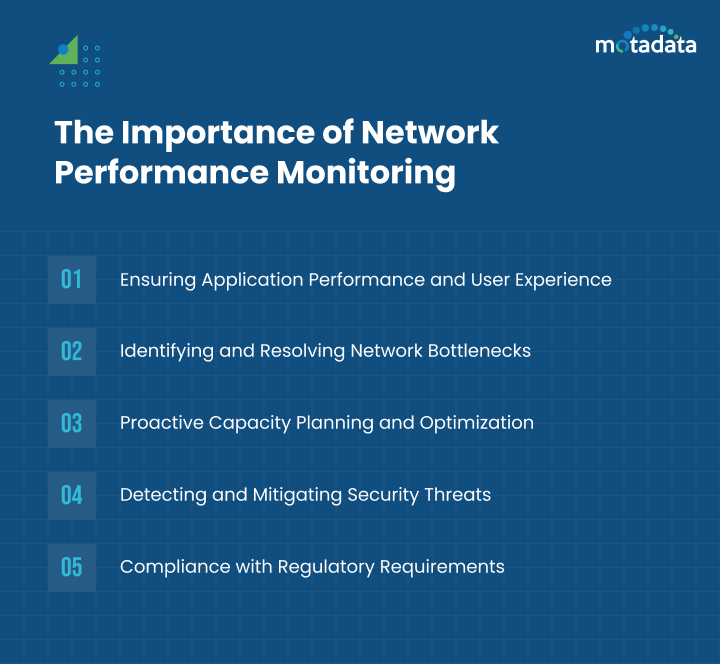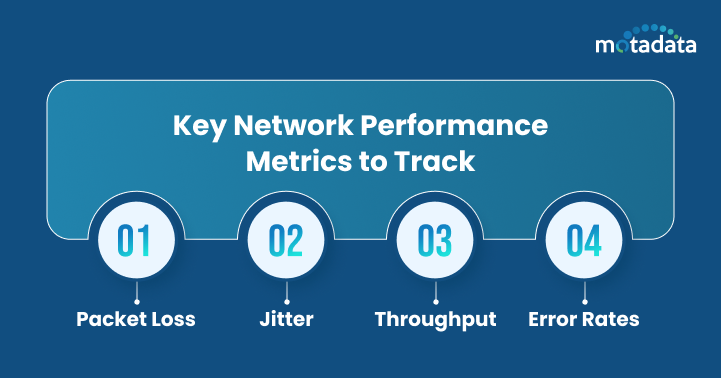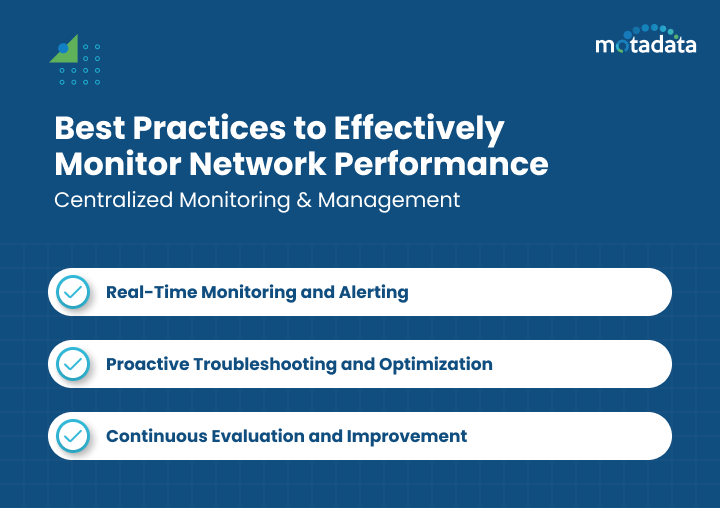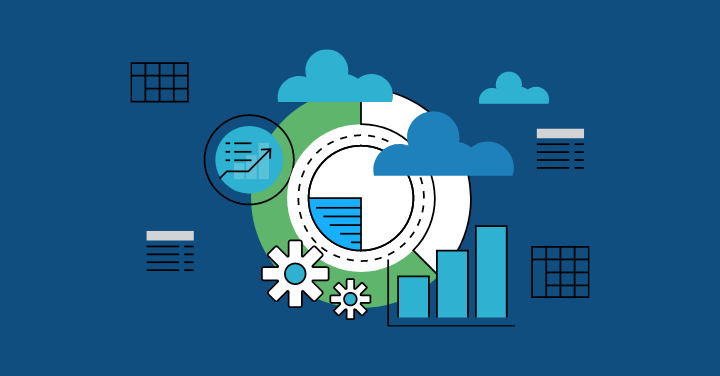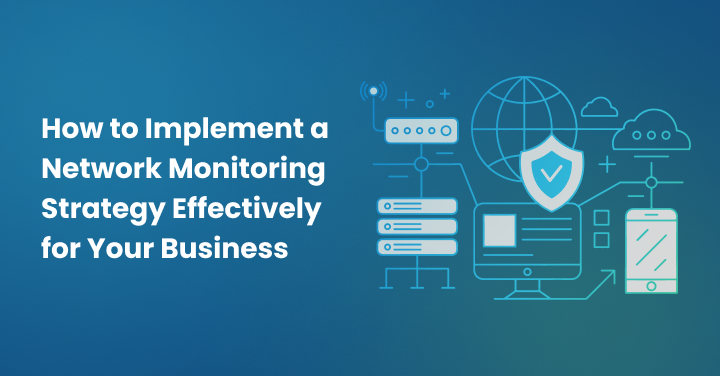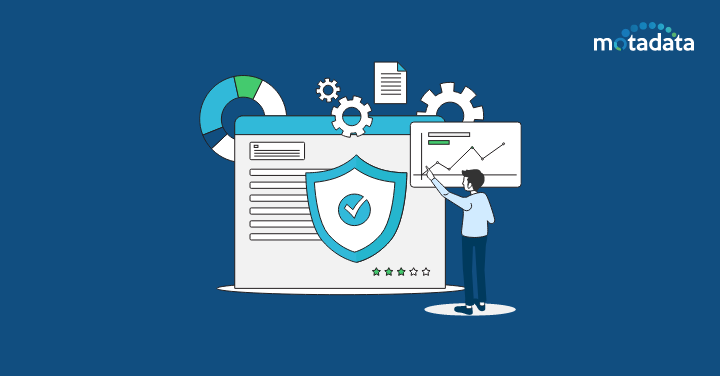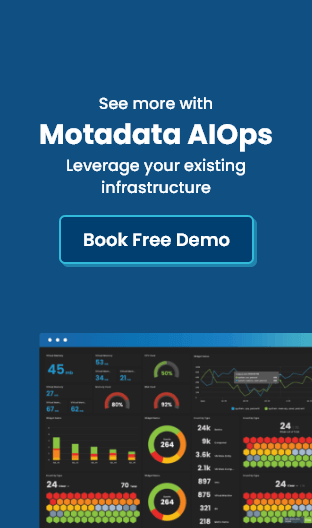Organizations are increasingly adopting hybrid and multi-cloud environments in rapidly changing technologies to make them flexible, scalable, and performance-oriented. This shift is presenting considerable challenges for organizations in assuring optimum network performance.
Effective network performance monitoring will be crucial to maintaining the integrity and functionality of these complex IT infrastructures.
This article reviews the critical role of network performance monitoring in hybrid and multi-cloud environments and why it is an indispensable strategy for businesses to ensure seamless operations.
Brief Overview of Hybrid and Multi-Cloud Environments
Hybrid and multi-cloud environments combine on-premise IT resources with public and private cloud infrastructures. The hybrid cloud is based on private and public clouds, while multi-cloud involves multiple cloud service providers to avoid vendor lock-in and increase resilience.
This environment enables businesses to optimize workloads, enhance redundancy, and leverage the best cloud technologies. However, their inherent complexity usually introduces network performance challenges that must be resolved.
The Growing Complexity of Modern IT Infrastructures
Modern IT infrastructures are becoming increasingly sophisticated, with many cloud platforms, services, and devices connected. The need for remote workforces, IoT devices, and constant data flow across different locations further exacerbates this.
Proper tools and strategies make managing and monitoring this complex web of systems easier; hence, network performance monitoring is needed to ensure smooth operations.
The Critical Role of Network Performance in Hybrid and Multi-Cloud Environments
The network enables communication between various services, platforms, and users in hybrid and multi-cloud environments. Therefore, disruptions in network performance directly affect application delivery, user experience, and business operations.
This makes robust network performance monitoring significant as it ensures that potential problems are identified well to prevent outages resulting in costly downtime or poor performance.
Challenges in Monitoring Hybrid and Multi-Cloud Networks
Hybrid and multi-cloud environments involve network topologies like VPNs, MPLS, SD-WAN, and public cloud networks. This diversity complicates monitoring because each topology may have different requirements and behaviors that must be carefully tracked.
Dynamic and Distributed Nature of Cloud Environments
This is further exacerbated by the dynamic nature of the cloud, with workloads shifting between private and public clouds nonstop. It’s very challenging to track network traffic flows, which can often be unpredictable in such dynamic environments, to assure performance consistency in a multi-cloud network.
Siloed Monitoring Tools and Data Sources
Most organizations have many different monitoring tools that must be integrated across hybrid and multi-cloud environments, resulting in fragmented visibility. Correlating network performance data from other sources is not easy. Lacking a standard monitoring platform, identifying the source of the network performance problem is complex.
Difficulty in Identifying and Isolating Performance Issues
In hybrid and multi-cloud environments, the complexity may be related to the interconnectedness of different systems, which makes it challenging to identify or isolate performance issues. Performance bottlenecks may happen due to cloud infrastructure issues, on-premise systems, or third-party services; these are usually very difficult to trace back to their origin.
Scheduling Work to Success in Network Performance Monitoring
Efficient scheduling is key to ensuring that network performance monitoring tasks are completed promptly and without downtime. Using some scheduling apps, IT can automate routine tasks such as system checks, data analysis, and report generation, freeing them up to focus on more critical issues.
These apps help in effective resource utilization, prioritization, and assurance of consistency in monitoring activities across hybrid and multi-cloud environments. With well-organized schedules, teams can proactively address potential network issues, enhance productivity, and maintain seamless network operations that are key to managing complex IT infrastructures.
The Importance of Network Performance Monitoring
1. Ensuring Application Performance and User Experience
The efficiency of an application depends significantly on the performance of the underlying network. Metrics such as latency, jitter, and throughput directly affect how users interact with applications. Proactive monitoring ensures that applications remain responsive and functional, enhancing user satisfaction.
2. Identifying and Resolving Network Bottlenecks
Network bottlenecks can cause slow response times, increased latency, or complete service interruptions. By continuously tracking performance metrics like error rates and throughput, IT teams can quickly detect bottlenecks and resolve issues before they escalate, ensuring uninterrupted services.
3. Proactive Capacity Planning and Optimization
Network performance monitoring provides insights into resource utilization, allowing organizations to anticipate future capacity needs. This enables IT teams to plan for infrastructure upgrades and optimize existing resources, preventing performance degradation and ensuring scalability for future demands.
4. Detecting and Mitigating Security Threats
Abnormal network behaviors, such as sudden spikes in traffic or unusual error rates, can indicate potential security threats. Monitoring tools help detect such anomalies in real-time, enabling swift action to mitigate risks and protect sensitive data from breaches.
5. Compliance with Regulatory Requirements
Many industries require compliance with specific regulatory standards for network and data security. Robust network performance monitoring ensures adherence to these regulations by maintaining detailed logs, reports, and metrics, which serve as evidence of compliance during audits.
In conclusion, network performance monitoring is not merely a technical necessity but a strategic imperative for organizations aiming to deliver exceptional user experiences, enhance operational efficiency, and maintain a competitive edge.
Key Network Performance Metrics to Track
This is the time it takes for data to travel between two points on the network. High latency will delay communications and adversely affect application performance.
1. Packet Loss: The number of packets lost during transmission. A small percentage of packet loss can lead to severe performance degradation.
2. Jitter: It measures the variation in the packet arrival time. Jitter can cause breaks in real-time communications, like VoIP calls or video conferencing.
3. Throughput: This shows the rate of data transfer over the network. Low throughput may lead to slow file transfers and delays in applications.
4. Error Rates: This monitors the number of transmission errors that can indicate network or hardware problems. High error rates typically point to other issues that need attention.
Network Performance Monitoring Tools and Techniques
Network Performance Monitoring (NPM) Tools
NPM tools offer a complete view of network health by tracking bandwidth, latency, packet loss, and error rates. These tools aid network administrators in identifying potential performance issues and taking corrective measures.
Network Packet Capture (NPC) Tools
The tools for monitoring NPCs capture and analyze network packets to draw deeper insights from network behavior. By examining packet data, these tools identify network anomalies and troubleshoot issues more effectively.
Synthetic Transaction Monitoring
This technique involves simulating user interactions with applications to assess network performance under controlled conditions. It provides valuable insights into potential bottlenecks and areas for optimization.
Real-user monitoring (RUM)
RUM monitors real users interacting with applications and provides real-time data about the user’s experience on the network. Businesses can optimize their infrastructure for better performance by understanding how network performance affects end-users.
Log Analysis and Correlation
Log analysis tools collect and analyze data from various network devices, enabling the correlation of performance data across different systems. This technique helps identify the root cause of network issues and provides actionable insights for improvement.
How To Organize Everyday Work and Data
Hybrid and multi-cloud environments require proper network performance to manage daily work and data better. Using different charts and graphs to represent critical metrics, such as latency, jitter, and throughput, can be unbelievably empowered. These visualizations convert complex data into understandable insights that help the IT team identify trends faster, detect anomalies, and prioritize tasks.
This enables teams to smoothen their workflows, make informed decisions, and ensure timely troubleshooting for the complete stability of the underlying network infrastructure by using active dashboards that show network performance in real-time.
Best Practices to Effectively Monitor Network Performance: Centralized Monitoring and Management
A centralized monitoring platform presents a single view of network performance across all cloud environments and on-premise systems. Such consolidation allows for thorough visibility and more effective management of network health.
Real-Time Monitoring and Alerting
Real-time monitoring tools with auto-alert capabilities enable the enterprise to catch and address problems the moment they happen. This means little or no downtime and always optimal performance.
Proactive Troubleshooting and Optimization
It helps organizations proactively troubleshoot issues and continuously optimize their network to ensure it never affects users or applications.
Continuous Evaluation and Improvement
Monitoring network performance is an ongoing process. By regularly evaluating and improving its monitoring strategies, an enterprise will remain ahead in solving any upcoming problems and ensure top performance in hybrid and multi-cloud environments.
The Role of New Tools in Network Performance Management
Network performance monitoring must be done in real-time to ensure proper data flow and the smooth working of applications over hybrid and multi-cloud environments. A good network performance monitoring tool works in your favor by displaying real-time data related to critical parameters that include speed, delay, and data loss.
Basic network performance monitoring software monitors such information and combines data from several sources to visualize the network’s health. All these tools depend on effective network performance management to rapidly identify and solve problems, improve resource utilization, and thus offer a better user experience.
Final Thoughts
It is one of the most essential features to ensure health and efficiency in hybrid and multi-cloud environments. To reduce the challenges related to diverse network topologies, dynamic cloud environments, and siloed monitoring tools, effective application performance can be assured, together with user experience and the prevention of downtime.
This is why implementing an effective network performance monitoring strategy will continue to be critical to business success in hybrid and multi-cloud architectures.
Implement comprehensive network performance monitoring today and maintain a secure hybrid and multi-cloud operations environment.
FAQs:
Traditional network monitoring focuses on managing networks within a centralized setup like an office or data center. In contrast, monitoring in hybrid and multi-cloud environments involves tracking performance across multiple platforms—public clouds, private clouds, and on-premises systems. These newer environments are more dynamic and complex, requiring advanced tools to handle diverse technologies, changing workloads, and distributed networks.
In such an environment, monitoring network performance requires tools that provide real-time insights across all platforms. View key metrics such as latency, packet loss, and throughput from centralized dashboards. Automate routine tasks with network performance monitoring software and set up alerts for unusual activity. Combine synthetic monitoring-simulated user actions with real-user monitoring to ensure comprehensive visibility and rapid problem resolution.
The common ones include high latency, packet loss, and jitter. These negatively impact applications by slowing down their performance and giving lousy user experiences. Other challenges include managing network congestion, detecting security threats, and handling the complexity of diverse network topologies across different clouds.
Network performance monitoring helps identify and fix issues like slow connections, data loss, or network bottlenecks before they affect users. Continuously tracking key metrics ensures applications run smoothly and efficiently. It also aids in optimizing resource usage, improving load balancing, and providing insights to prevent problems that may arise in the future, hence improving user experience and overall system reliability.



